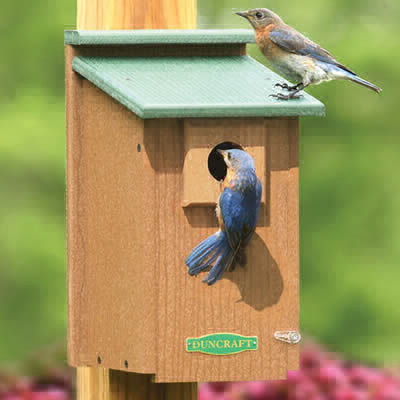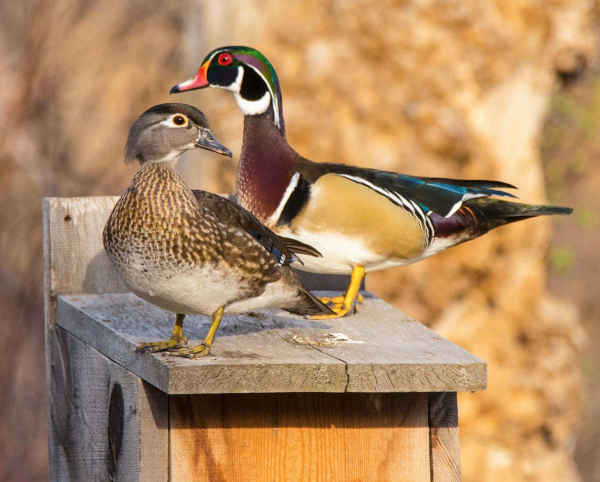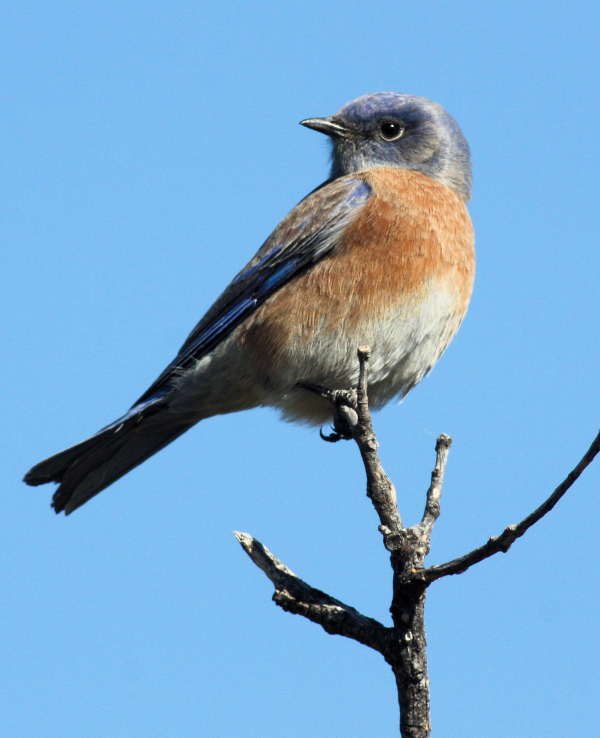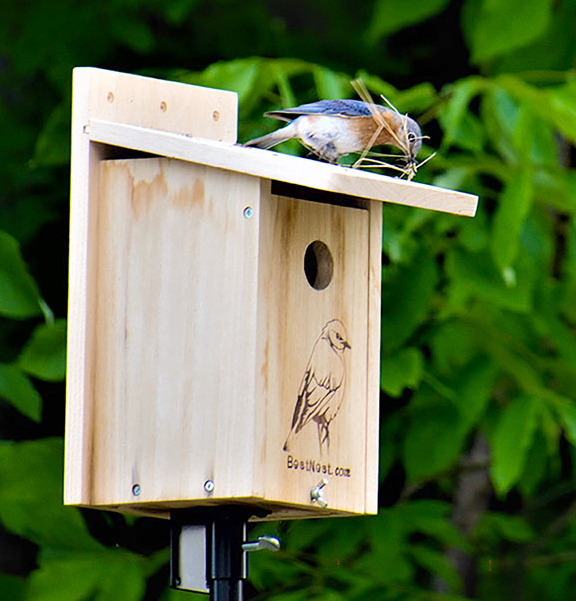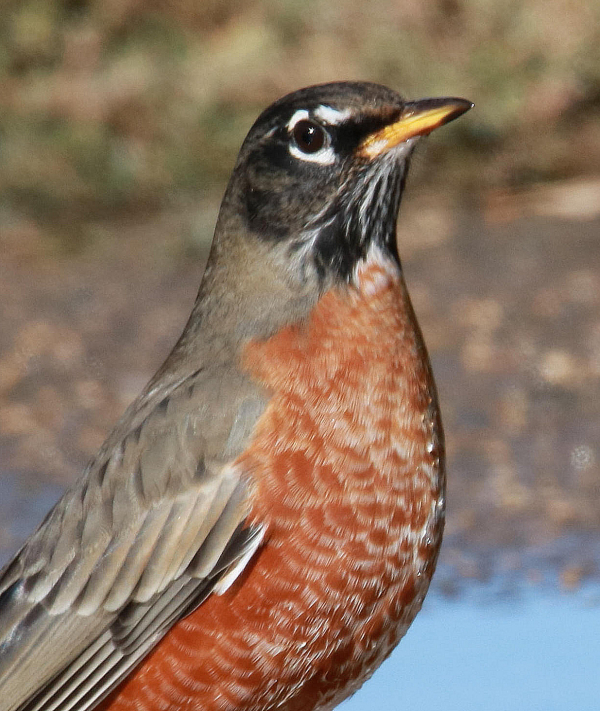Bald Eagles Multiply by 4 Times!
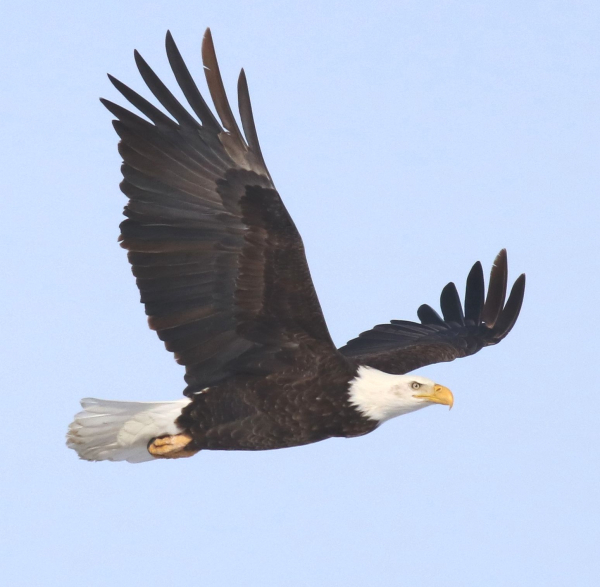
During the past 10 years, Bald Eagles have multiplied by 4 times in population size across the Lower 48 States, with a total estimate at 316,708 Bald Eagles. That’s especially exciting news considering that most Bald Eagles nest in Canada and Alaska, and it shows the continued success of Bald Eagle nesting since our national bird was listed as an endangered species. Bald Eagles were removed from the endangered list in 2007, and populations continue to increase in numbers at surprising rates.
For the past 50 years, the US Fish and Wildlife Service has been estimating the number of Bald Eagle nests, using counts provided by each state and adding aerial survey data to track the population recovery of America’s national symbol. But in its new Bald Eagle population report, tabulated with the help of results using eBird data from the Cornell Lab of Ornithology, the USFWS found many more eagles and eagle nests than previously thought to exist in the Lower 48 states.
Bald Eagle numbers were broken down by flyway with the Mississippi Flyway supporting the most eagles at 159,772; with 84,541 in the Atlantic Flyway; 42,068 in the Pacific Flyway; and 30,427 in the Central Flyway. The numbers of active nests have more than doubled since 2007 to include 71,467 nesting pairs in 2020.
The much improved nesting success and population increases for Bald Eagles is primarily the result of banning DDT and similar pesticides in 1972 throughout the United States. These pesticides caused severe eggshell thinning that led to broken eggs and failed nesting attempts year after year among Bald Eagles, Ospreys, Peregrine Falcons, Brown Pelicans, and other large predatory birds that are at the top of affected food chains.
For more information, graphics, and remarks from our new Secretary of Interior, Deb Haaland, see https://www.allaboutbirds.org/news/new-bald-eagle-population-estimate-usfws/
You may also be interested in reviewing the eBird status and trends maps for Bald Eagles at


